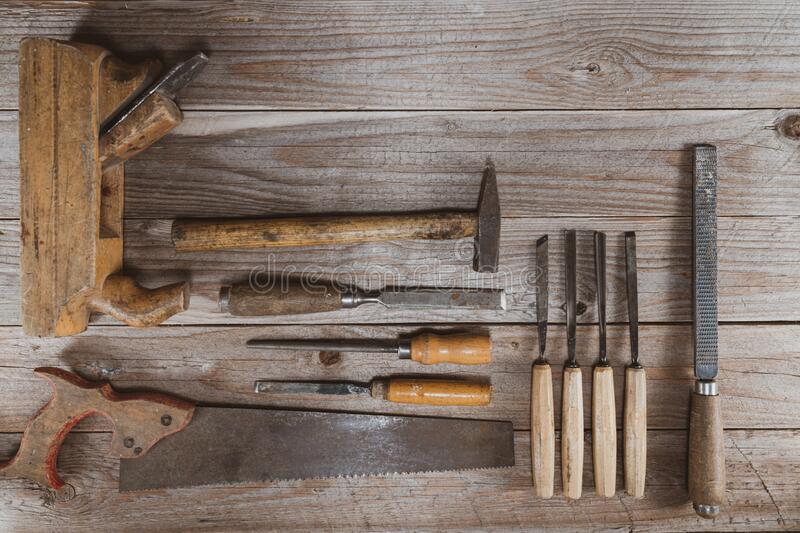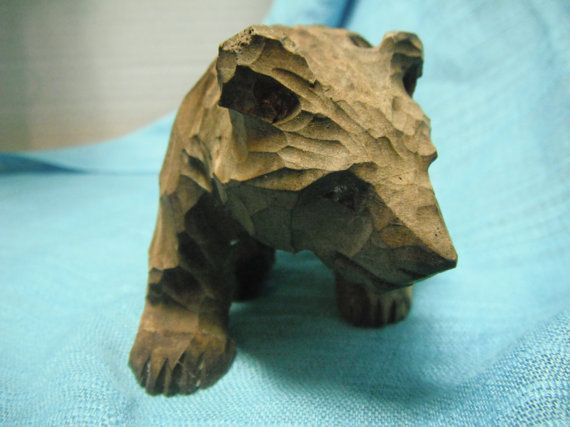
It's not hard to see why polyurethane is so popular in outdoor projects. This article will explain the differences between oil-based and wipe-on polyurethane. Moreover, you'll learn how to apply the finish with a brush to avoid drips and streaks. The downsides of polyurethane application are worth considering.
Oil-based polyurethane
Make sure you clean the surface completely with mineral oil, alcohol, and a spray of polyurethane before applying it. Wiping the surface removes any air bubbles. For a water-based polyurethane, you will need to apply three to four coats. A thin coat of polyurethane can be applied to minimize bubbles. Apply a thin coat of polyurethane to the surface. Wipe it clean with a dry cloth or mineral spirit.

Polyurethane can be wiped off
An alternative to oil-based finishes, wipe-on finishing polyurethane offers a clean option. This type is water resistant and scratch-resistant. Wiping polyurethane without the need for high-end spray booths is an economical option. It can also be applied without the use a brush. Apply wipe-on plastic by thinning it with mineral spirits. Oil-based poly can easily be mixed 1:1 with mineral spirit, and wipe-on plastic can be purchased pre-mixed.
Polyurethane thinned with naphtha
Before beginning the process of dipping a brush or rag into a bucket of polyurethane, you should wear protective gear. Mineral spirits can cause skin irritation when exposed to high concentrations. The thinners used for thinning polyurethane should be disposed of properly. When handling thinners, it is important to use gloves and long sleeves. Do not add more substance to speed up the drying process.
Apply it using a brush
There are two main methods to apply polyurethane: brush on or wipe on. While brush on provides the best protection, with minimal buildup or drips, it is easier to wipe on without using brushes. Brush on finishes are easy to apply and dry in between four and six hours. Wipe on finishes require more coats, but are a better choice for stair balusters and other small, flat areas.

Drying time
Several factors affect the drying time of finishing polyurethane. Apply the coating on warm days to get the best results. You can sand off the coating and apply it again if this happens. The coating can crack if it is applied in extremely hot temperatures. Oil-based polyurethanes should be used at temperatures no higher than 70°F/21°C.
FAQ
Where can I get free woodworking plans?
To find free woodworking plans, you don't have to buy any magazines or books. You just need to search Google. Enter "free woodworking", and you will see hundreds upon hundreds of websites offering free plans.
What kind of wood should I use?
Woodworking is a popular job that involves oak, pine and maple. Each wood type has its own characteristics which affect the final product's appearance and feel. For example, oak tends to be darker and harder than other woods. Birch is light and soft, while mahogany can be heavier and more dense. You can also choose between solid wood and veneers. Veneers consist of thin sheets made from wood and glued together to form a single layer.
Can you teach yourself woodworking?
Doing is the best way to learn any subject. Woodworking is an art that takes patience, practice, skill and experience. Mastering any craft takes time.
You can learn the most effective way to master a skill is by actually doing it. Start small and then build upon what you've learned.
How long does it take to finish a piece of furniture?
It depends on what size piece of furniture you have. Smaller projects like boxes and picture frames can be finished within one day. Larger projects like dining tables and desks require several days. It takes time for the wood to be stained and sealed properly.
Is it hard to start my own woodworking business?
Starting your own woodworking business isn't easy. There are many requirements and regulations that must be followed. It doesn't mean that you have to go through the entire process of starting a business. Many people decide to join established businesses. You will only have to pay membership fees, taxes, and other charges.
Statistics
- In 2014, there were just over 237,000 jobs for all woodworkers, with other wood product manufacturing employing 23 percent; wood kitchen cabinets and countertop manufacturing employing 21 percent. (theartcareerproject.com)
- Most woodworkers agree that lumber moisture needs to be under 10% for building furniture. (woodandshop.com)
- Average lumber prices rose about 600 percent between April 2020 and May 2021. (familyhandyman.com)
- If your lumber isn't as dry as you would like when you purchase it (over 22% in Glen Huey's opinion…probably over 10-15% in my opinion), then it's a good idea to let it acclimate to your workshop for a couple of weeks. (woodandshop.com)
External Links
How To
How to properly use a handsaw
Hand saws are used to cut the wood into pieces. The most common types of hand saws are circular saws, jigsaws, table saws, band saws, saber saws, crosscut saws, miter saws, and rip saws. A handsaw is a tool made of metal or plastic that cuts material like wood, plastics, metals and others.
The best thing about a handsaw is the ability to make precise cuts at all angles and without needing adjustment. The blades can also be sharpened easily, which is not possible with power tools. But there are disadvantages. They are also heavy and bulky so be careful when moving them. You could also injure your self if you don't know how to use them.
There are many ways to hold a handheld saw. You should always keep your hands far away from the blades while cutting. If you don't, you might get hurt. When holding the saw, you should place your fingers around the handle, keeping your thumb up near the top of the blade. You won't accidentally touch it.
Never place anything under a piece of wood that you're cutting with a handsaw. This would result in the blade slipping off the wood's surface. Before cutting, always inspect the area. You must ensure that no nails, screws, or any other objects are under the wood.
Safety goggles should be worn when using a handsaw. They protect your eyes from dust, which makes it easier to see what is happening. Safety glasses can also be useful as they protect your skin from flying debris.
You must learn how to safely operate a handsaw before you can use it. Then, practice until you feel confident enough to start cutting things. Once you've mastered the basics, you'll find that you can easily cut almost anything!